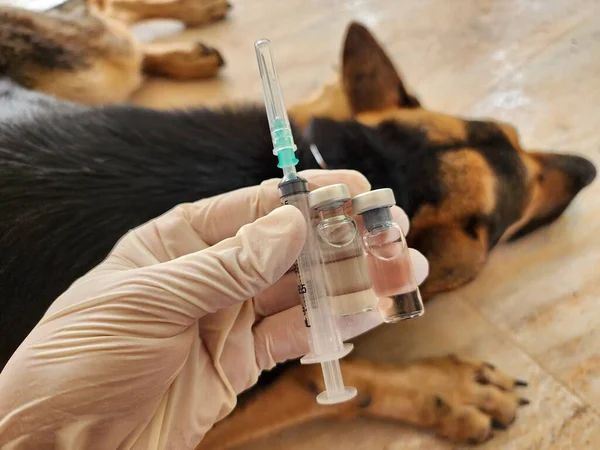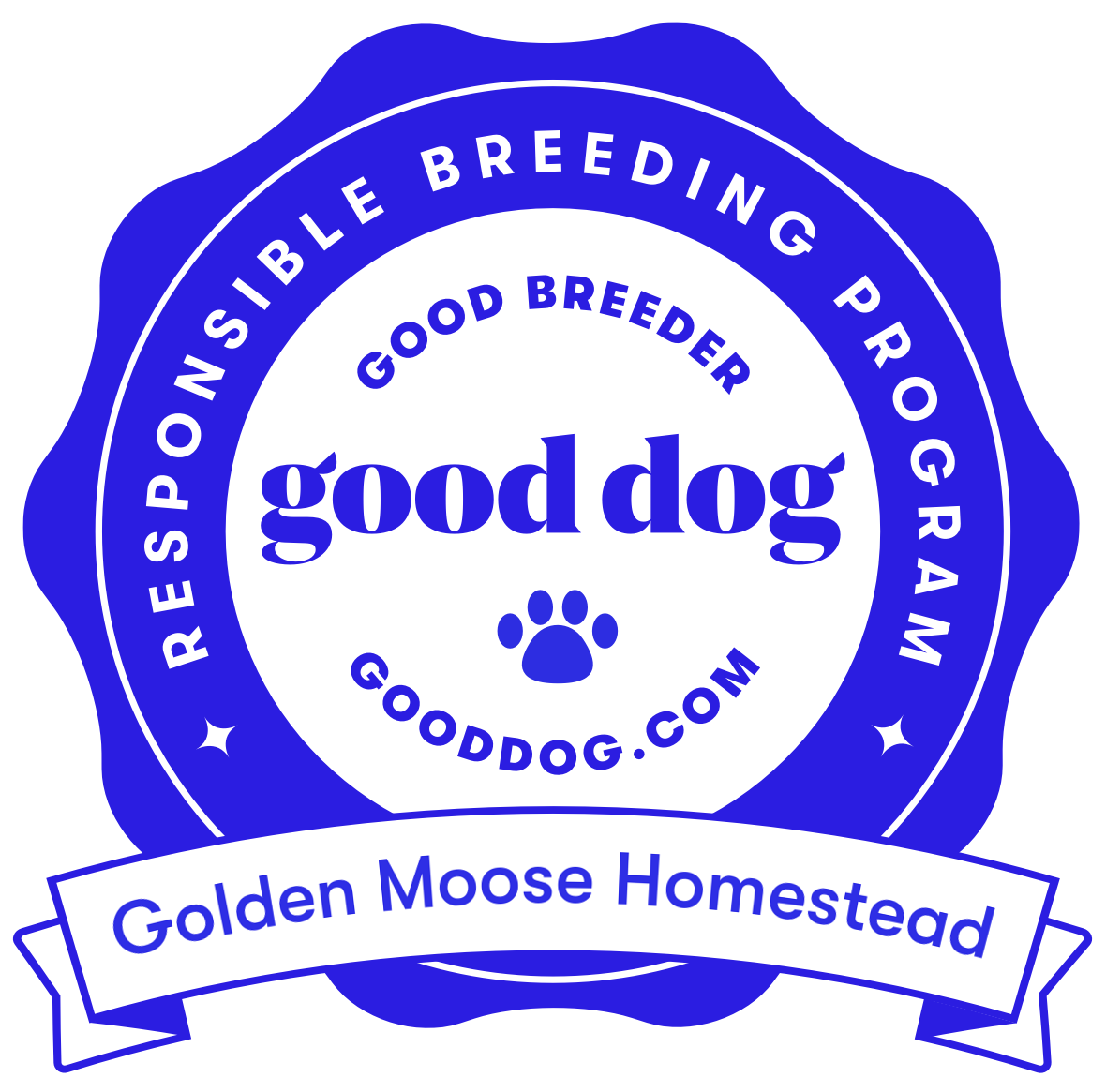
Quick Guide to Puppy Vaccinations

Mother's Milk
When puppies are born to a healthy, vaccinated mother, their mom’s colostrum provides antibodies that give them passive immunity from diseases during early life. The length of time that this immunity lasts isn’t a set amount of time and varies greatly depending on mom’s level of immunity as well as the specific disease. Vaccine schedules are variable but the goal for all is to try and time the puppy’s initial vaccination with when they are the most likely to lose their passive immunity but without overlapping that passive immunity—and definitely before they’re exposed to any life-threatening diseases. Puppies who are vaccinated while they still have passive immunity won’t gain new or more immunity, but it would just render that vaccination ineffective as though nothing had been given at all. For these reasons, the initial core vaccine is given somewhere between 6 and 8 weeks of age with enough boosters following that over the course of a few months.
This many vaccinations is considered completely safe and essential to ensure protection against preventable diseases, however if you’d prefer to reduce the number of vaccinations your puppy receives it is absolutely possible to have a veterinarian do a serum titer. This is just a blood test that will definitively tell you if your dog has antibodies present or if it does in fact need the vaccination. However, at this moment in time, it’s usually more cost effective to just vaccinate again than do a titer.
Core Vaccinations
A core vaccination covers diseases that AAHA has deemed necessary for all dogs regardless of their lifestyle. These vaccines are typically a combined or an all-in-one style of vaccine usually abbreviated as DAPP, DHPP, or DA2PP. The following are considered core vaccines: Distemper, Adenovirus, Parvovirus, Parainfluenza and Rabies. Rabies is a vaccine separate from the combination vaccine and is a legal requirement for all dogs in the United States (exact laws vary slightly depending on your state). You can search your state’s Rabies vaccination laws by following this link https://www.animallaw.info/topic/table-rabies-vaccination-laws.
Non-Core "Optional" Vaccinations
Beyond the core vaccinations you have what are called non-core or optional vaccines. This is where you want to have good dialogue with your veterinarian who will know which diseases your dog could be susceptible to due to your geographic location or your dog’s lifestyle. For example, a dog that attends a regular doggy-daycare would need to be additionally vaccinated against Bordetella (kennel cough) or a dog who has an active outdoor lifestyle may need to be vaccinated against Lyme disease.
Leptospirosis
One recent update that was made by the AAHA in June 2024 changed Leptospira from a non-core to a core vaccination. It’s important to mention though that the way they worded their recommendation leaves room for veterinarians to interpret the implementation of this now core vaccine differently. Any puppies leaving us prior to 12 weeks old will not receive this vaccination as it’s initial dose is given no earlier than 12 weeks of age. Speak to your veterinarian about what they think is best for your individual dog.
The table below is the vaccine schedule we follow for our breeding program right now and conforms to AAHA recommendations--it can and will change as new information is made available. While the 6 week vaccine may be unnecessary, at worst it's just a waste of money and at best it can help protect a puppy from two horrific diseases if they lose their passive immunity early. We start with the DPv alone as it has a safer minimum age per manufacturer instructions. We then follow that vaccine with the core 5-way at 8 weeks.
The AAHA's vaccination schedule states that for initial vaccinations a puppy needs 3 doses of a combination (core) vaccine between 6 and 16 weeks of age and with spacing of 2-4 weeks in-between doses.
| Schedule | Vaccine | |
|---|---|---|
| 6 Weeks | Distemper & Parvovirus | |
| 8 Weeks | Distemper, Parvovirus, Adenovirus, Parainfluenza (DAPP) | |
| 11 Weeks | DAPP | |
| 12 Weeks | First Leptosporia | |
| 14 Weeks | DAPP, First Rabies, Leptosporia | **Parvo Booster |
| 1 Year + 14 Weeks | DAPP, Rabies, Leptosporia | |
| 2 Years +14 Weeks | DAPP, Rabies, Leptosporia | |
| ... | continue on this schedule indefinitely or titer |
**Parvovirus has been known to oftentimes have a potentially longer passive immunity timeline as compared to other diseases. Between 18-20 Weeks old, Puppy may need a booster for Parvovirus or have a titer test completed. This can be given alone and is commonly referred to as Neopar when not a combination vaccine. Ask your veterinarian.
References
AAHA. (2022). Recommendations for core and noncore canine vaccines. Retrieved from https://www.aaha.org/resources/2022-aaha-canine-vaccination-guidelines/recommendations-for-core-and-noncore-canine-vaccines/
Reed, Kinsey. (2024). Leptospirosis vaccine becomes core vaccine for dogs. Retrieved from https://news.okstate.edu/articles/veterinary-medicine/2024/vet-viewpoints-leptospirosis-vaccine
Singler, Emily. (2025). Update: AAHA guidelines designate Leptospirosis vaccine as core. Retrieved from https://www.aaha.org/newstat/publications/leptospirosis-vaccination-recommended-to-be-core-for-most-dogs/





